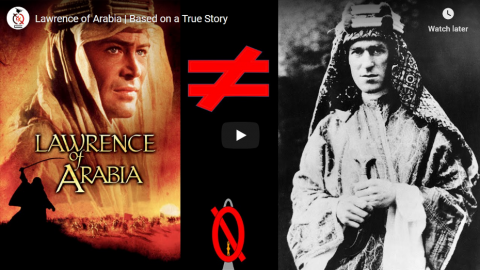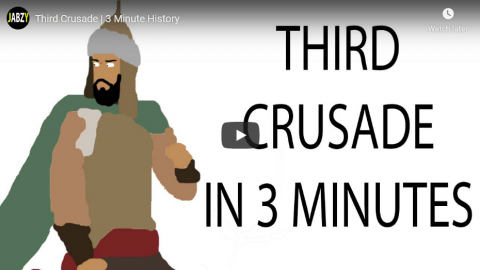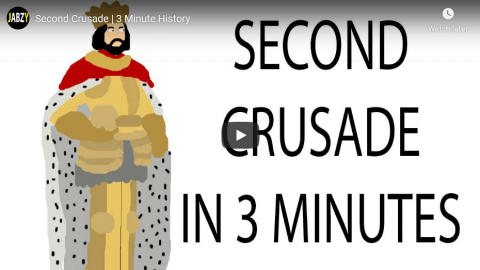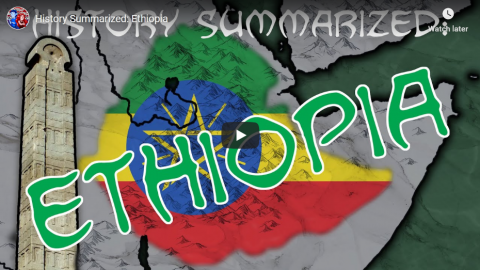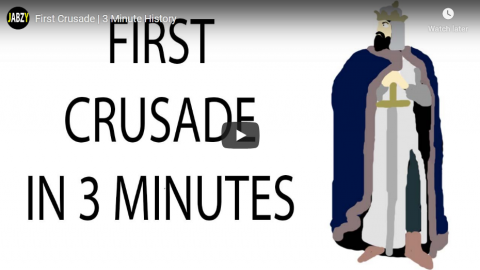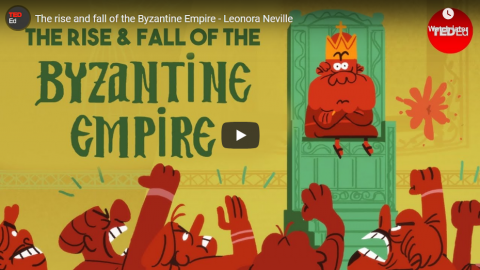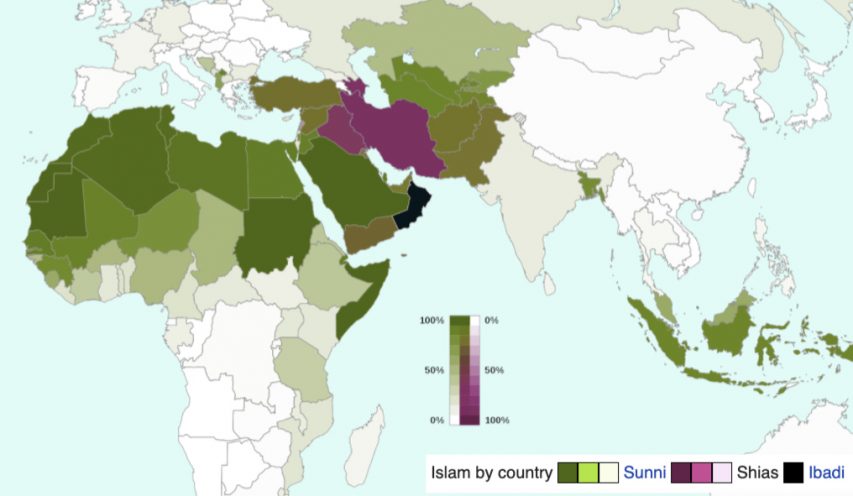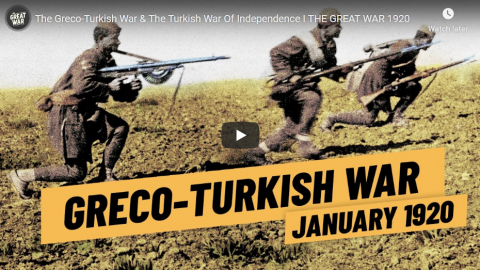In his latest column, Andrew Sullivan discusses China’s latest outrages against groups within China:
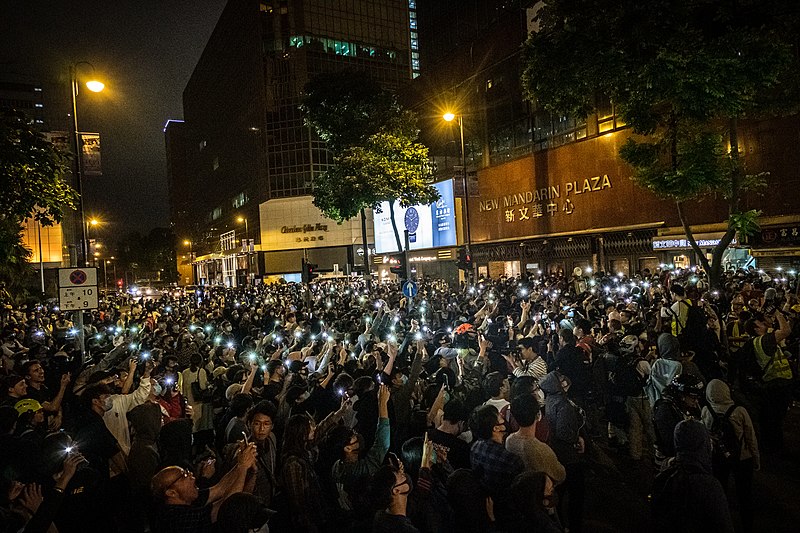
Protest against the Chinese government in Hong Kong, 25 November 2019.
Photo by Studio Incendo via Wikimedia Commons
Genocide is not measured simply by the number of human beings in a demographic group who have been killed. Such numbers vary. The pogroms in Europe of the 14th century killed far, far fewer Jews than died in the 20th-century Holocaust, but it would be crazy not to see a very similar eliminationist impulse. It’s the genocidal intent that defines a genocide. The United States Holocaust Memorial Museum defines it as “the intent to destroy, in whole or in part, a national, ethnic, racial, or religious group.” Their definition includes the following five categories:
- Killing members of the group.
- Causing serious bodily or mental harm to members of the group.
- Deliberately inflicting on the group conditions of life calculated to bring about its physical destruction in whole or in part.
- Imposing measures intended to prevent births within the group.
- Forcibly transferring children of the group to another group.
There is no doubt at this point that communist China is a genocidal state. The regime is determined to coerce, kill, reeducate, and segregate its Uighur Muslim population, and to pursue eugenicist policies to winnow their ability to sustain themselves. The Associated Press just published an exhaustive and chilling account of the extent of the campaign, which was reportedly supported and seconded by the president of the United States when speaking with President-for-life Xi.
We already know about the reeducation camps. We found out this week the grisly detail that China may even have been exporting human-hair products taken from Uighur political prisoners in those camps. What the AP helps us better understand is how the regime is forcibly sterilizing Uighur women inside and outside the camps, attempting to control the Uighur population by assaulting basic reproductive freedom. Uighur families with multiple children are now in danger of being sent to camps for the crime of bringing Uighur kids into the world: “Time in a camp — what the government calls ‘education and training’ — for parents with too many children is written policy in at least three counties, notices found by [scholar Adrian] Zenz confirmed. In 2017, the Xinjiang government also tripled the already hefty fines for violating family planning laws for even the poorest residents — to at least three times the annual disposable income of the county.”
And the campaign of terror is working: “Birth rates in the mostly Uighur regions of Hotan and Kashgar plunged by more than 60% from 2015 to 2018, the latest year available in government statistics. Across the Xinjiang region, birth rates continue to plummet, falling nearly 24% last year alone — compared to just 4.2% nationwide, statistics show.” In the Uighur city of Hotan, over a third of all married women of childbearing age were sterilized in 2019 alone. And this is taking place in the context of a new campaign to increase the fertility and offspring of the majority Han Chinese. This is pure racial social engineering.
This genocidal dictatorship also took this past week to stomp all over what’s left of freedom in Hong Kong. Just before the anniversary of the end of British rule in Hong Kong, Beijing has introduced a new security law that all but eviscerates any freedom for dissent in the former British colony. It renders a variety of offenses that involve pro-democracy activism and criticism of the regime punishable by up to a lifetime in jail. The law is deliberately vague, was passed with no input from Hong Kong’s own government before its details were revealed, and criminalizes offenses such as “secession, subversion against the central Chinese government, terrorism, and colluding with foreign forces.”
The effect has been immediate: Key members of a leading dissident group, Demosisto, resigned, and the party has been disbanded. Throughout Hong Kong, businesses that had posted messages of support for the pro-democracy forces are swiftly removing them. People are deleting their social-media accounts for fear of imprisonment. A BBC reporter notes the immediate impact: “One contact of mine, a lawyer and human-rights activist, sent me a message shortly after the law was passed. ‘Please delete everything on this chat,’ he wrote.”




